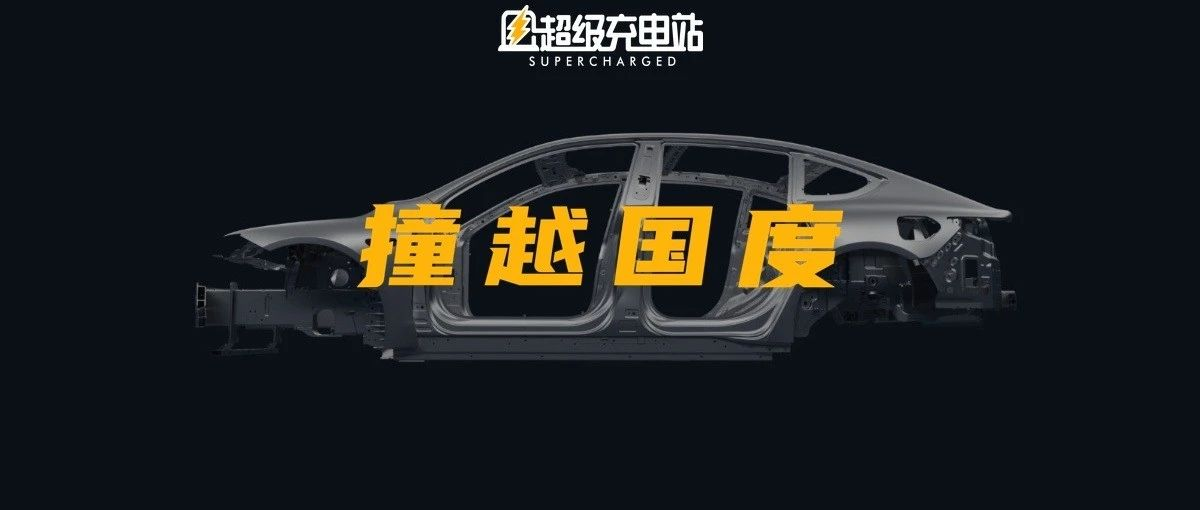Author: Chang Yan
As we pay more and more attention to car safety, we have witnessed an increasing number of car safety collisions.
Although we have seen a variety of collision patterns, we remember fewer and fewer safety tips.
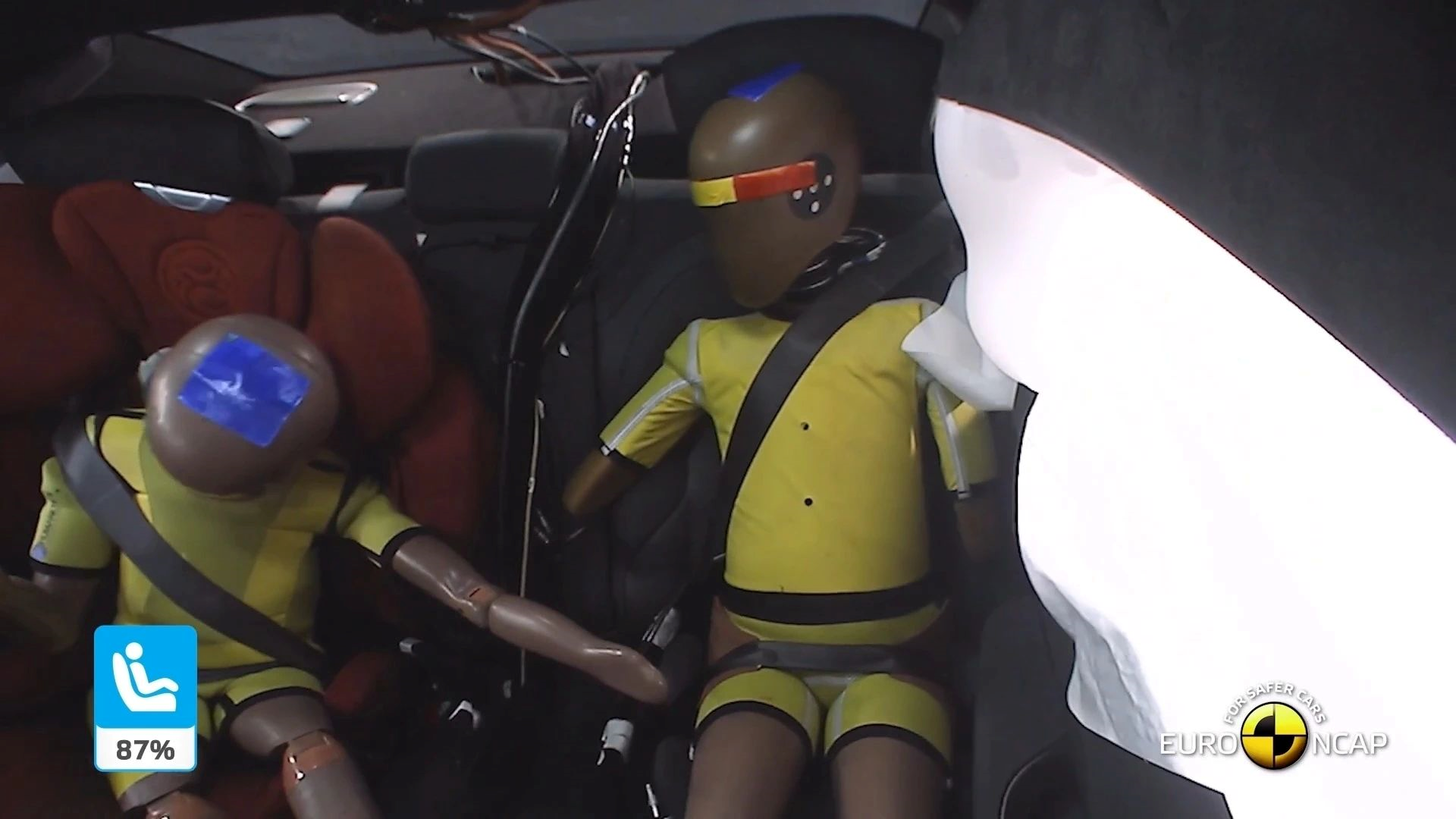
The reason is simple. The safety of each car is ultimately attributed to the quality and configuration of the materials used.
After arriving at the same destination, it is difficult to arouse everyone’s excitement with new ideas.
But the collision we are going to talk about today does have new points to remember.

On November 16th, the NIO ET7 received a five-star rating from Euro NCAP, scoring 91%, 87%, 73%, and 95% in the four categories of passenger safety, child safety, vulnerable road users safety, and assistive safety respectively.
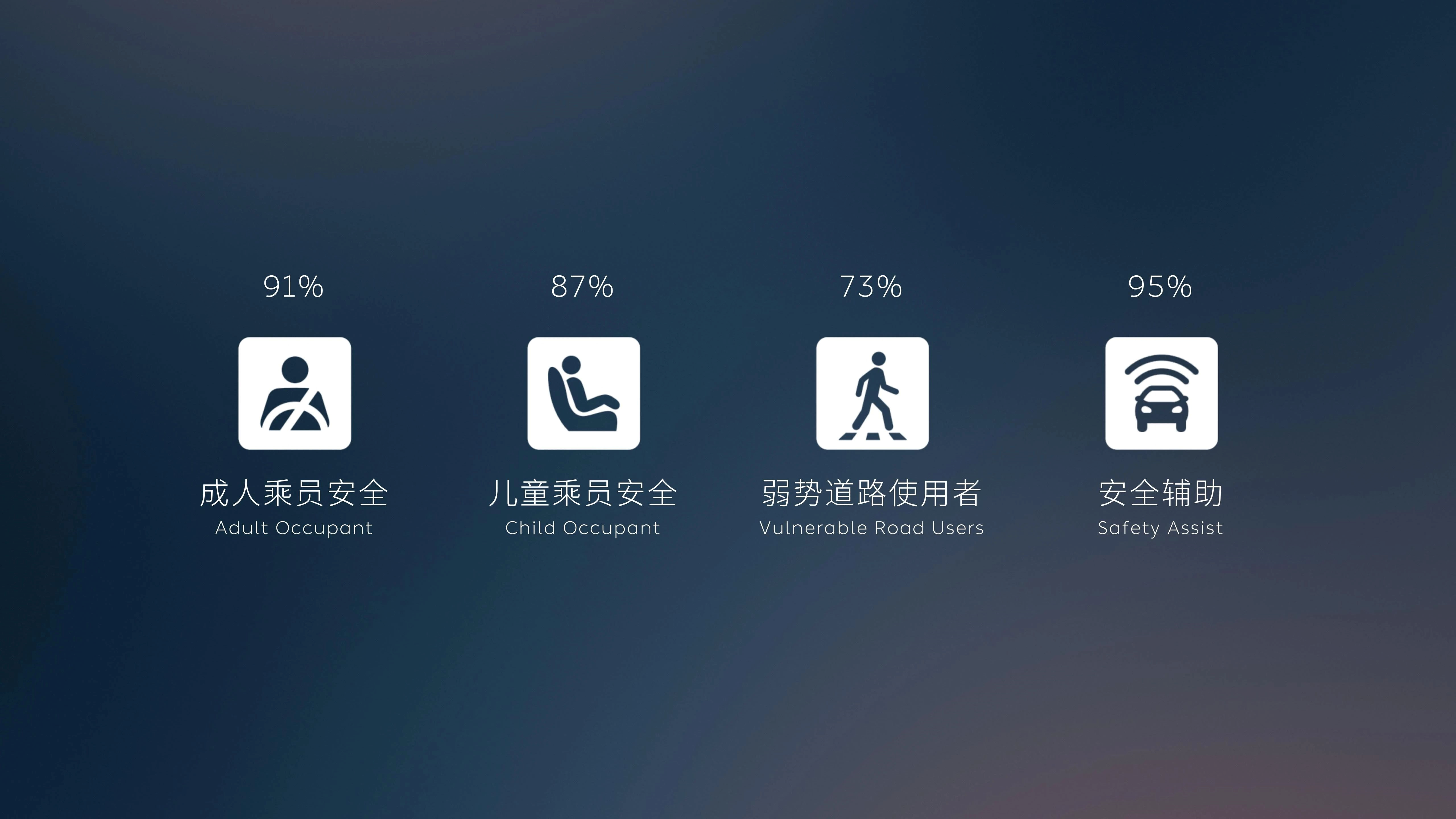
This score achieved two firsts.
On the one hand, it broke the record of the total score for Chinese pure electric vehicles in Euro NCAP;
On the other hand, it is the first time that a Chinese company’s full-stack self-developed assisted driving system has been inspected and recognized by European regulatory agencies.
Similarly, as mentioned at the beginning, I believe you have seen a large amount of data about the ET7 in recent media reports, such as torsional stiffness above 37100 N·m/deg, front anti-collision beam width of more than 1533 mm, and the use of high-strength steel in the upper body accounting for 44.4% of the weight, but I would like to emphasize a bigger safety perspective that I have seen in communication recently.
 ## Global Unification
## Global Unification
As the name suggests, Euro NCAP is a safety crash standard to meet the regulatory requirements of the European market. The reason why the ET7 achieved good results in the test is, in my opinion, due to the fact that it is a global car from the beginning of its development.
Here, “global car” is different from many other brands that refer to having “global employees” participating in “global sites” during the development process. ET7 is a model that is intended to be sold globally from the very beginning.
For other vehicles, passing overseas safety crash tests is optional, but for ET7, this is an absolute requirement.
In addition to “fully considering the safety, regulatory and consumer rating requirements of different target markets from the beginning,” NIO has done more work. For example, NIO conducts big data analysis of accidents that occur during users’ daily use. This identifies some typical standards that are not yet clearly stated in regulations but are included in their development requirements based on daily accidents.
For Chinese users, it is most important that these safety designs and configuration functions are exactly the same in the Chinese market, and are standard across the board. This means that Chinese consumers can finally welcome the improvement of overseas testing standards with joy, because they will ultimately benefit from it.
Before, During, and After the Accident
Undoubtedly, the most common scene in safety crash videos is from accidents themselves. However, if safety always means accidents, it is too grim.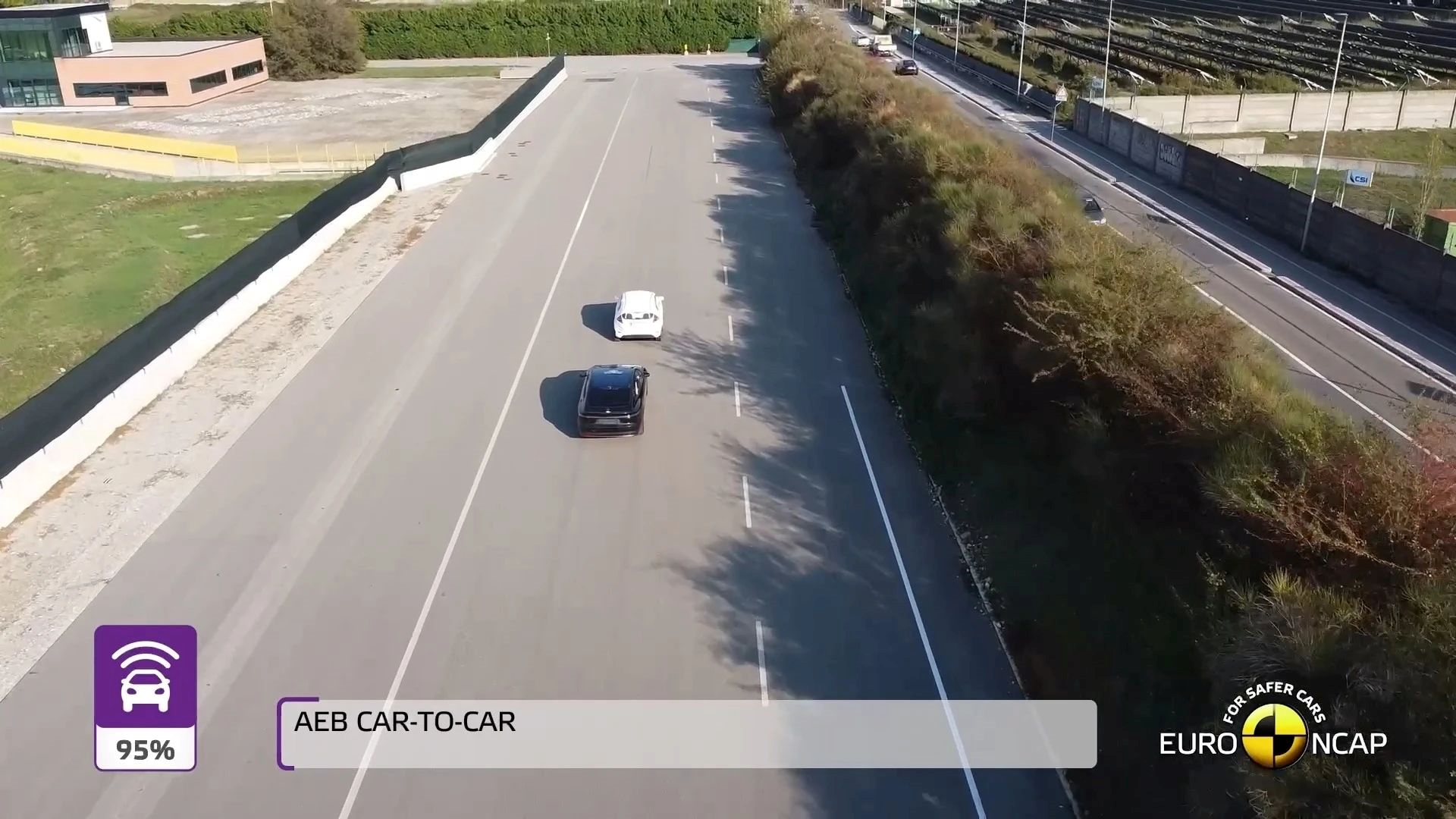
In NIO’s safety design process, the safety functions designed and applied during accidents are not even the largest part.
Most of the function design is left to before the accident, which is what we commonly call active safety functions. These are the technologies that prevent accidents in advance through various auxiliary detection and vehicle driving assistance functions, enabling the observation of the surrounding traffic conditions to the maximum extent possible and avoiding accidents to the greatest extent possible.

There are many difficulties in this.
For example, this means that ET7 needs to add many sensors, and at the same time, in the case of self-developed hardware and software, it should integrate various technologies and vehicle control functions well.

For another example, the ability of the full-link architecture, including the ability of the whole vehicle at high speed, urban area, and low speed, should be linked to active safety, and more safety-related policies should be launched.
The most difficult part still means that the functions that were previously tested under Chinese road conditions need to be equally reliable under European conditions. For example, the active recognition function of the ET7 for speed limits in the Euro NCAP test requires visual recognition of the road signs in the European environment, which is closely related to the technological and forward-looking road test arrangement.

Finally, after the accident, it also became part of the safety configuration. The ET7 is designed with a system to prevent secondary collisions, which will be activated quickly after an accident to prevent further damage. At the same time, the entire vehicle door locks automatically unlock, and the handle pops out, which is very helpful for external rescue. Meanwhile, the ET7 also has an eCall system built-in, which will immediately call for back-end rescue and send relevant collision accident information.Proactively Avoid Accidents Beforehand, Provide Aid and Rescue Afterward: A Comprehensive Approach to Safety
The Unseen
One major function of safety crash tests is to present to people the details that are not typically seen or noticed in our daily lives, frame by frame.
Besides the many structural designs that are visible on the surface, the details that stand out most in my mind are those that are not easily noticed during tests.
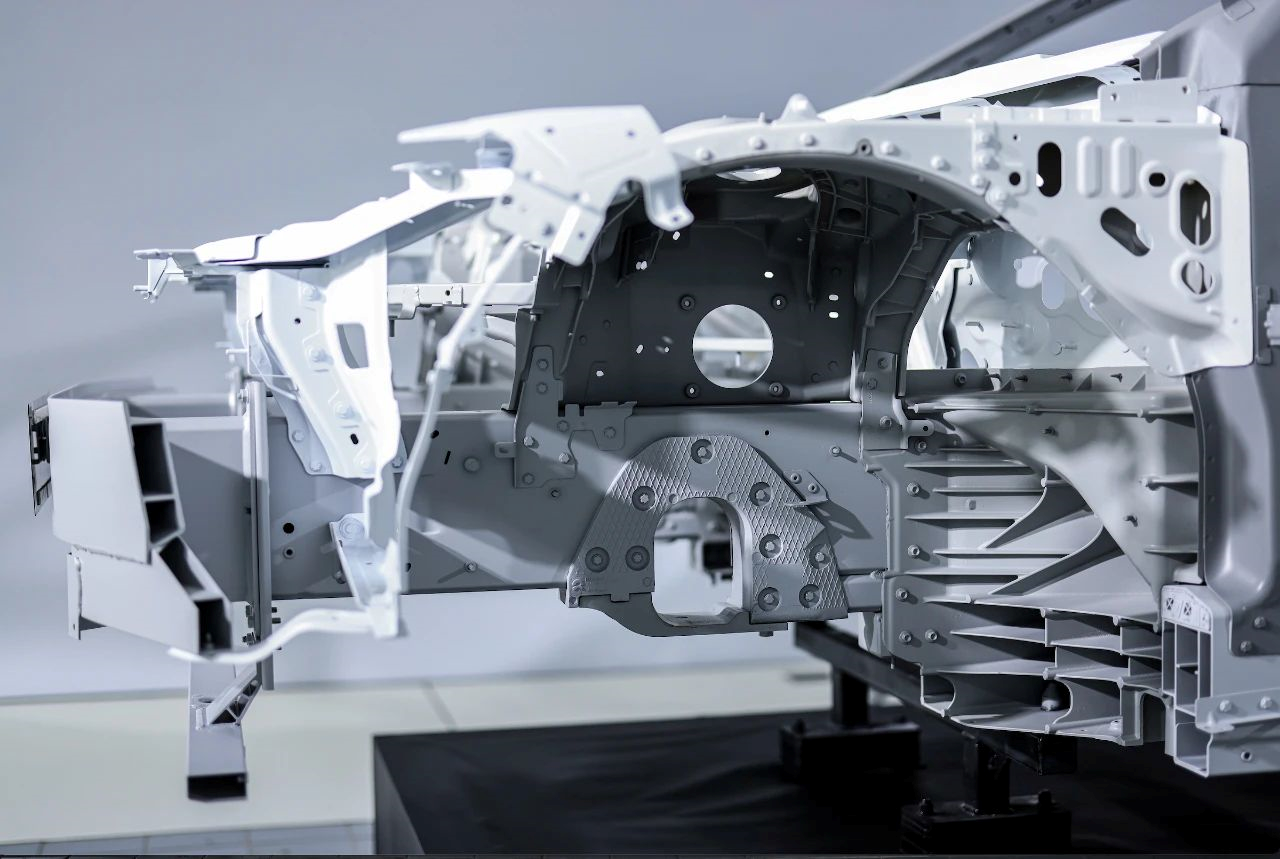
The ET7 has undergone extensive structural design for the front crash beam and front energy-absorbing box, which can ensure sufficient energy absorption during low-speed collisions. This avoids damaging the main structure of the vehicle, and expensive parts are placed outside of the low-speed collision area, which helps reduce repair costs as much as possible.
NIO has also mentioned the numerous tests conducted for the airbags in low-speed collision scenarios. These tests ensure that the airbags will not deploy during low-speed collisions, thus reducing unnecessary costs and secondary injuries.
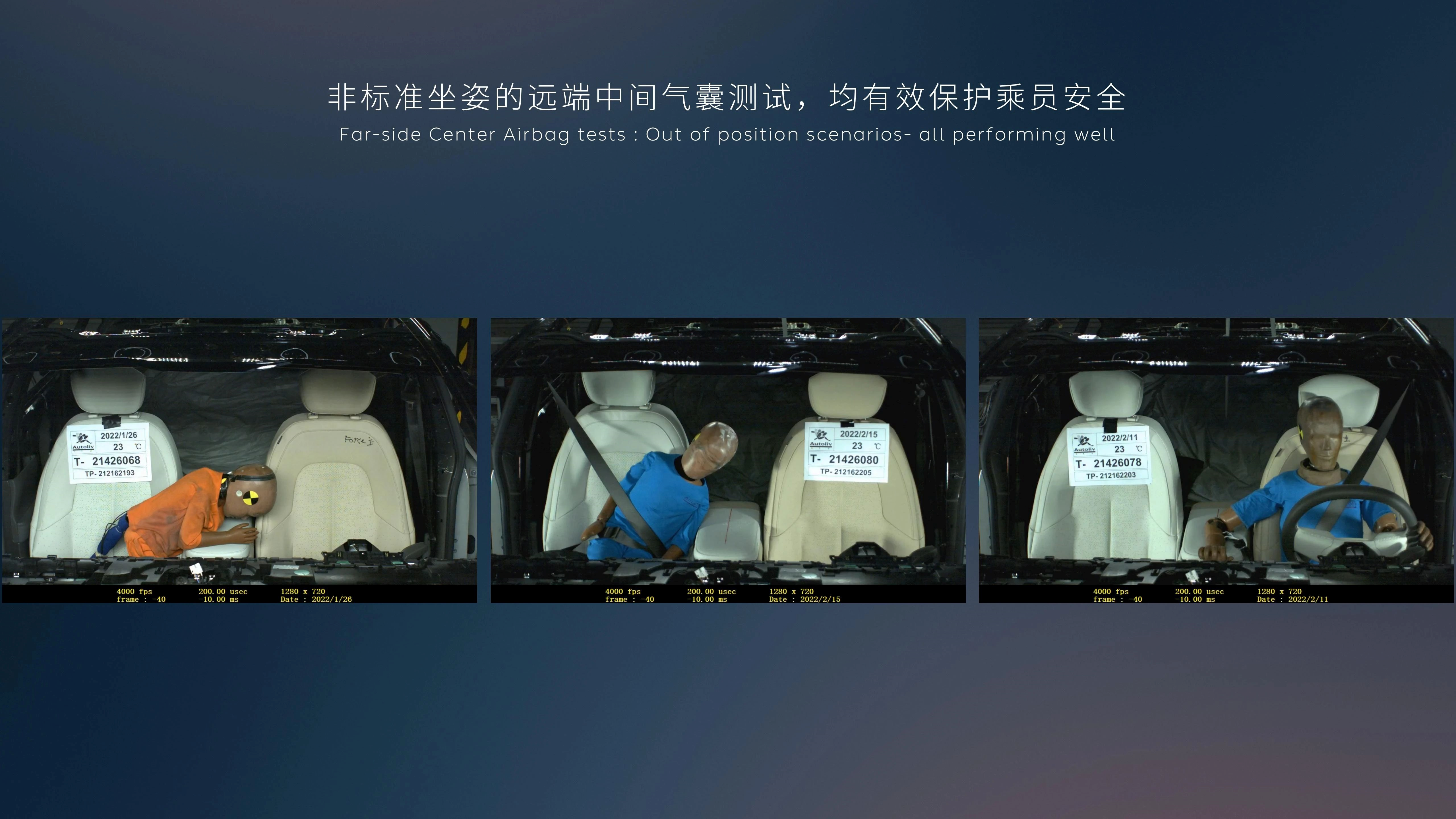
However, this does not mean that the ET7 has cut corners. Quite the opposite, the ET7 has put in a great deal of effort in airbag design. The driver’s airbag has a special three-stage folding bag design that controls the deployment time and shape of the airbag after a collision, ensuring a balanced forward impact against the head, neck, and chest. The passenger’s airbag has an arc ear structure, with two small ears on both sides to ensure that passengers come into effective contact with the airbag, thereby improving passenger protection reliability and preventing passengers from sliding off to the side of the airbag.

In terms of lateral safety, the side air curtain of the ET7 has a protection range of 2.2 meters, which provides effective protection for passengers of different body types. The ET7 also features a far-end middle airbag, which is the first time it has been applied in the Chinese market for vehicles of the same class.“`markdown

Of course, in the safety structure of the ET7, even airbags are considered “big guys”, with their own ideas in many welding positions, even small things like headlight frames and rivets.
For example, the ET7 has developed special rivets for the headlight frame, which are very fine. When hitting a pedestrian’s leg, the headlight quickly pushes the bracket to collapse, thereby protecting the pedestrian’s safety.
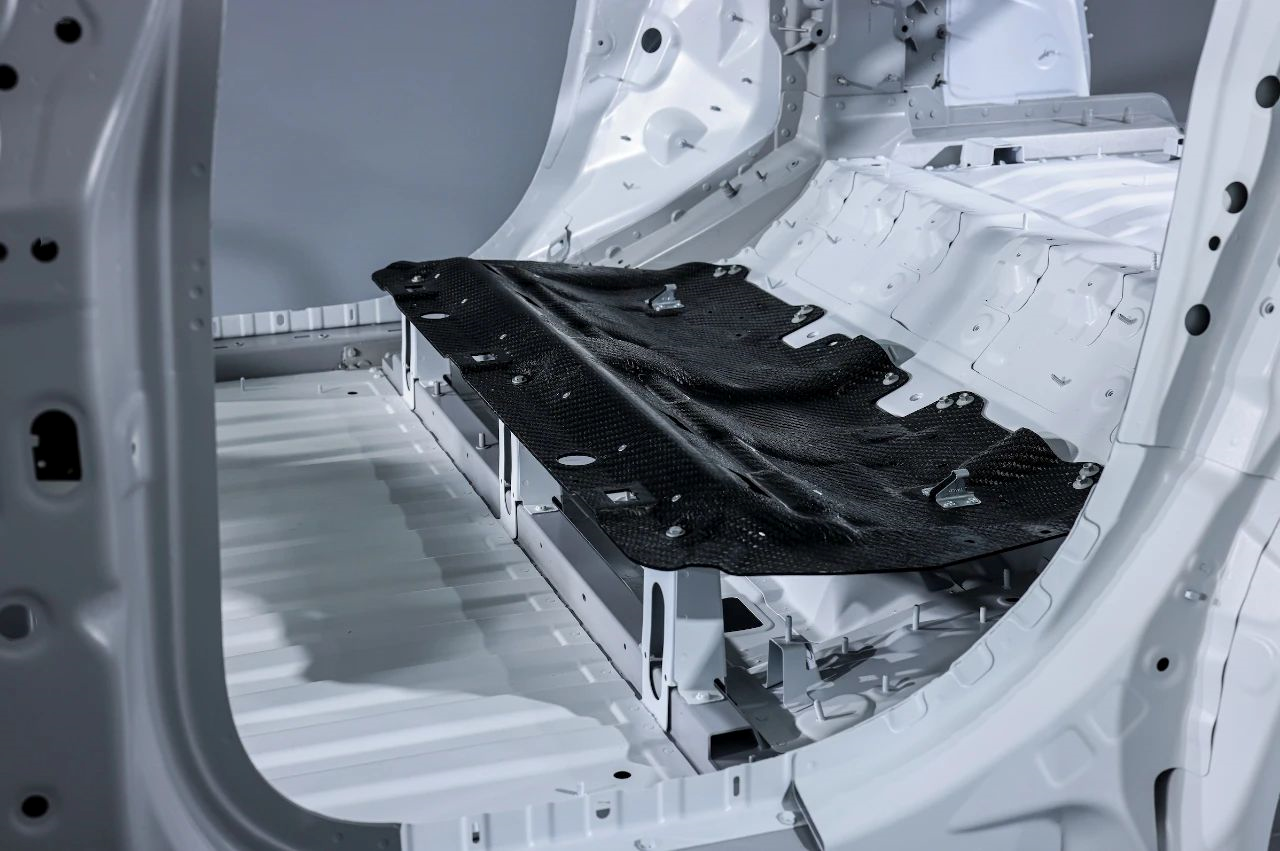
For quite some time, NIO’s vehicle hardware has occasionally been criticized as “excessive”, but Euro NCAP’s response is very positive: the more excessive in safety, the more national and user-friendly.
-END-
“`
This article is a translation by ChatGPT of a Chinese report from 42HOW. If you have any questions about it, please email bd@42how.com.
